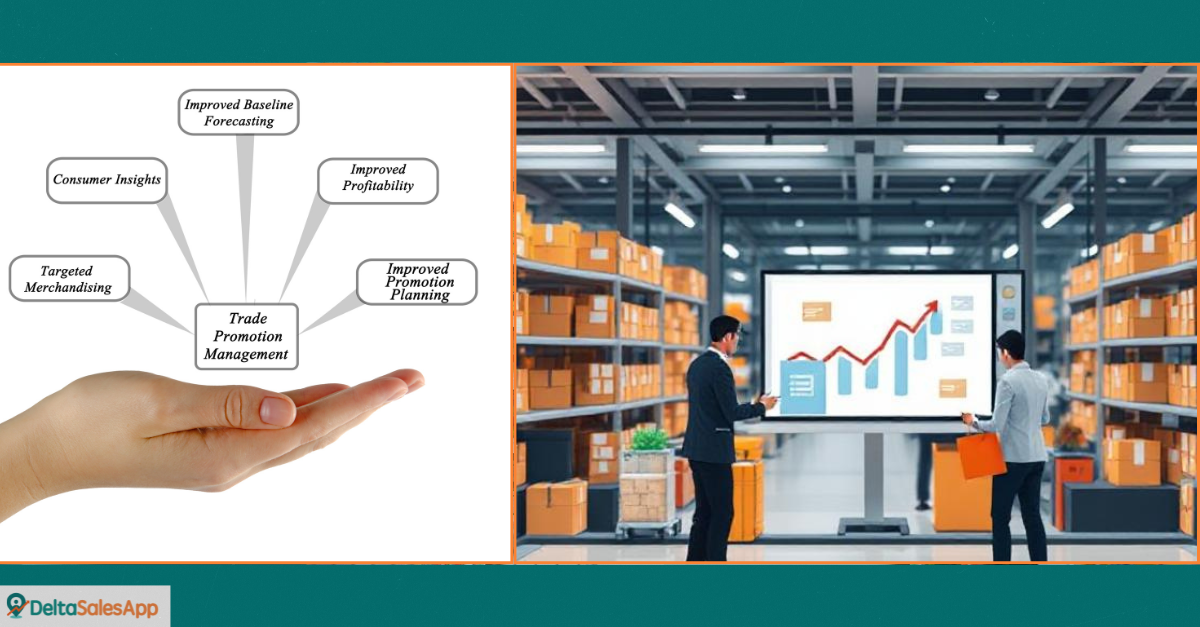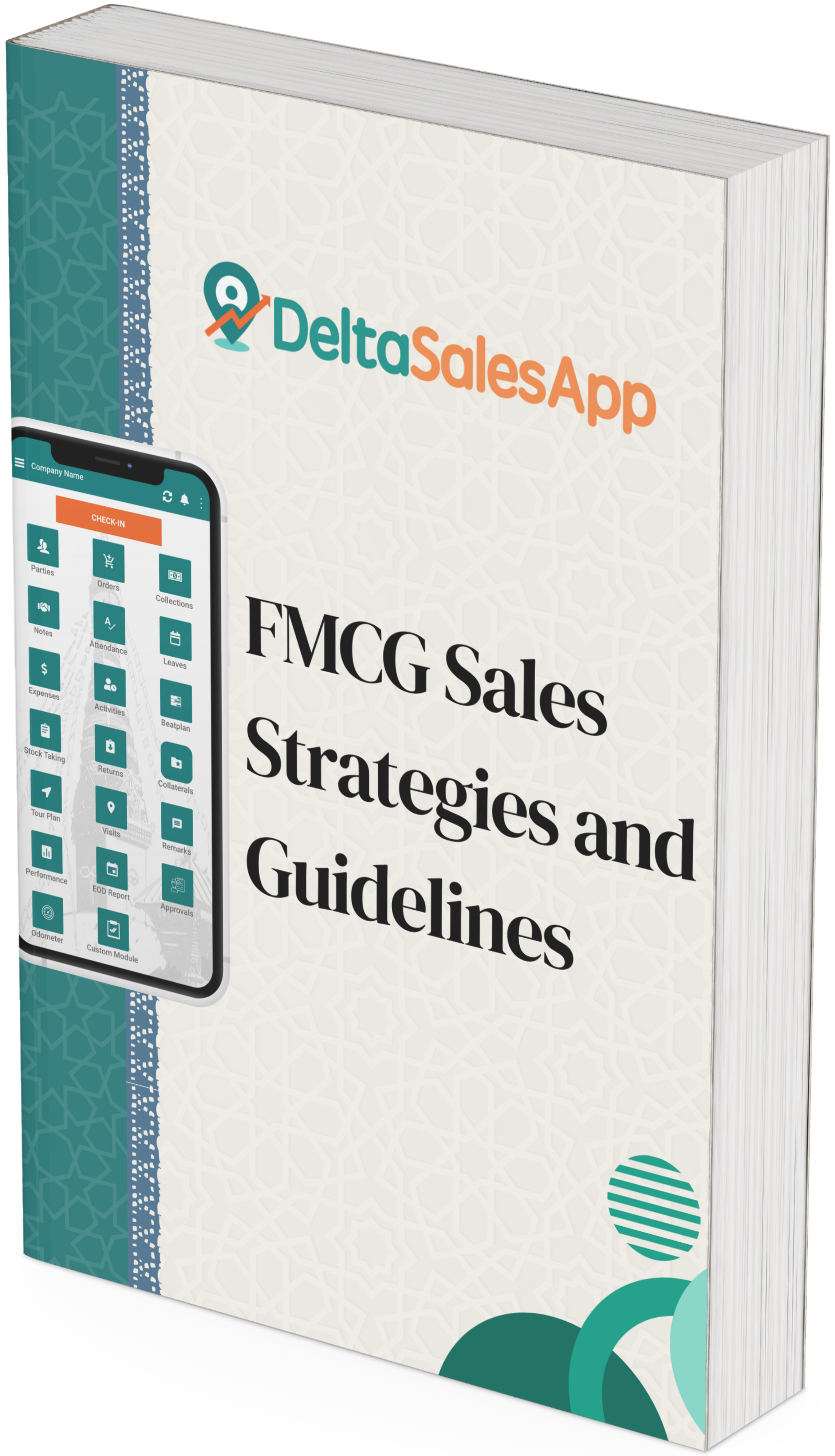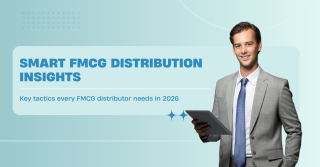How to Improve Trade Promotion Management?

Consumer packaged goods (CPG) companies invest heavily in trade promotions to drive product visibility and boost sales. However, despite these efforts, a large percentage of brands still struggle with measuring the actual impact and managing promotions effectively. So how can businesses improve their trade promotion management (TPM) and get the most out of every dollar spent?
The key lies in moving beyond traditional TPM methods and adopting an integrated strategy that aligns trade promotion optimization (TPO) with TPM. This combined approach—often referred to as TPx - offers a smarter, data-driven framework for decision-making, execution, and continuous improvement.
Let’s dive into how you can level up your trade promotion management through TPx integration and what it means for your brand’s long-term success.
Why you Should Upgrade from TPM to TPx?
Traditional trade promotion management typically treats each promotion as a standalone event - planned, executed, and evaluated in isolation. While this approach has worked in the past, it no longer meets the dynamic demands of today's data-rich retail environment.
TPx takes things further by combining TPM and TPO into a single, streamlined system. It leverages real-time insights, predictive analytics, and automated processes to enhance trade promotion performance and cut down unnecessary costs. Rather than just reacting after a promotion ends, TPx allows you to forecast, plan, and adjust in real time.
Here are three key reasons why moving to TPx makes a significant difference:
1. Better Data Visibility and Real-Time Insights
With modern TPx systems, you can track and analyze data from various sources on a single platform. This means field teams, sales managers, and marketing leads can instantly access vital metrics - whether on pricing, sales lift, inventory, or customer behavior.
Unlike older systems that made it difficult to gather and analyze data quickly, TPx tools provide the agility to pivot mid-campaign or optimize for future ones without delay. This enables brands to react faster, plan smarter, and refine strategies continuously._1745584131.png)
2. Smarter Pricing Strategy
Pricing plays a critical role in every promotion. A poorly planned discount can either erode margins or make your offer uncompetitive. TPx brings precision to pricing decisions by utilizing historic promotion data, competitor analysis, and predictive modeling.
With a centralized data system, brands can test different pricing scenarios and understand their likely outcomes. For instance, what if you increase the discount by 5%? Or what happens if a competitor launches a promotion at the same time? TPx allows for such simulations, helping businesses stay a step ahead while protecting profitability.
Advanced teams can even adopt dynamic pricing automation tools to eliminate guesswork and ensure promotions are always optimized for market conditions.
3. Efficient Budgeting and Spend Control
Trade spend is often one of the biggest costs for CPG companies. That’s why budgeting within trade promotion management must be accurate and strategic. Yet too often, promotions run over budget or deliver a lower-than-expected return.
TPx helps businesses look at past performance data to define realistic budget ranges for new campaigns—low, mid, and high—based on different market scenarios. For example, if demand unexpectedly spikes, will you have enough stock and logistics budget to fulfill the increase? Or if a promotion underperforms, how will you scale down to reduce losses?
By planning for multiple outcomes, brands using TPx can avoid financial surprises and maximize ROI.
Key Integration Areas for a Stronger TPx Model
Let’s explore three critical touchpoints where TPx integration adds immediate value to trade promotion management:
✅ Pricing Precision
TPx enables brands to create detailed pricing frameworks that factor in historical performance, competitor actions, market dynamics, and customer preferences. This results in more accurate and competitive promotion pricing, reducing the risks of over-discounting or underperforming sales.
✅ Budgeting Accuracy
By analyzing past campaigns and predicting future trends, TPx systems allow for realistic and flexible budgeting. You can allocate resources more effectively, avoid overspending, and still stay agile enough to handle last-minute adjustments or external changes.
✅ Post-Promotion Analysis
The end of a promotion is where learning begins. Post-promotion analysis under a TPx model goes beyond checking sales uplift. It reviews everything—from execution costs and trade spend to long-term shifts in customer behavior. Was the boost in sales worth the cost? Did you reach your intended audience? Was there cannibalization of other products?_1745584884.png)
TPx-based post-analysis enables you to tie promotional results back to strategic business goals, giving you a true understanding of performance and helping you refine future campaigns.
Closing Thoughts: Continuous Improvement is the Goal
In the ever-evolving world of consumer goods, what worked last year may not deliver the same results today. Trade promotion management is no longer just about managing isolated campaigns - it’s about creating a data-informed ecosystem where each promotion builds on the last.
By shifting to a TPx approach, brands can unlock smarter planning, better execution, and deeper insights into what truly drives success. Whether you’re managing pricing, spend, or results, this holistic model will help you not only improve your promotions but also create lasting value across your entire operation.
Summary
Integrating trade promotion management with trade promotion optimization -TPx - offers brands a smarter way to plan, execute, and evaluate promotions. From accurate pricing and controlled budgets to in-depth post-analysis, TPx transforms promotional campaigns into strategic growth engines.
FAQs
1. What is TPx and how is it different from traditional TPM?
TPx stands for Trade Promotion Management + Trade Promotion Optimization. Unlike traditional TPM, which manages promotions in isolation, TPx integrates real-time data, predictive analytics, and automation to plan, execute, and analyze promotions strategically and continuously.
2. Why is TPx important for CPG brands today?
With changing consumer behavior and increased competition, CPG brands need to react quickly and make data-driven decisions. TPx provides visibility, agility, and smarter resource allocation, leading to better promotional performance and higher ROI.
3. How does TPx help improve pricing strategies?
TPx systems use historical data, competitor analysis, and market insights to simulate pricing scenarios. This helps companies avoid over-discounting, protect margins, and stay competitive with more precise and dynamic pricing decisions.
4. Can TPx tools help with budget control?
Yes. TPx helps forecast potential outcomes, enabling more realistic and flexible budgeting. It helps businesses manage resources efficiently and prepare for scenarios like demand surges or underperforming campaigns.
5. What insights can TPx provide after a promotion ends?
Post-promotion analysis with TPx goes beyond just sales results. It evaluates execution efficiency, spend vs. return, customer behavior shifts, and long-term impact—giving you actionable insights to improve future campaigns.
6. Is TPx suitable for small or mid-sized CPG companies?
Absolutely. While TPx is often adopted by large enterprises, scalable platforms and tools now make it accessible and valuable for smaller CPG brands looking to optimize their trade spend and grow strategically.









